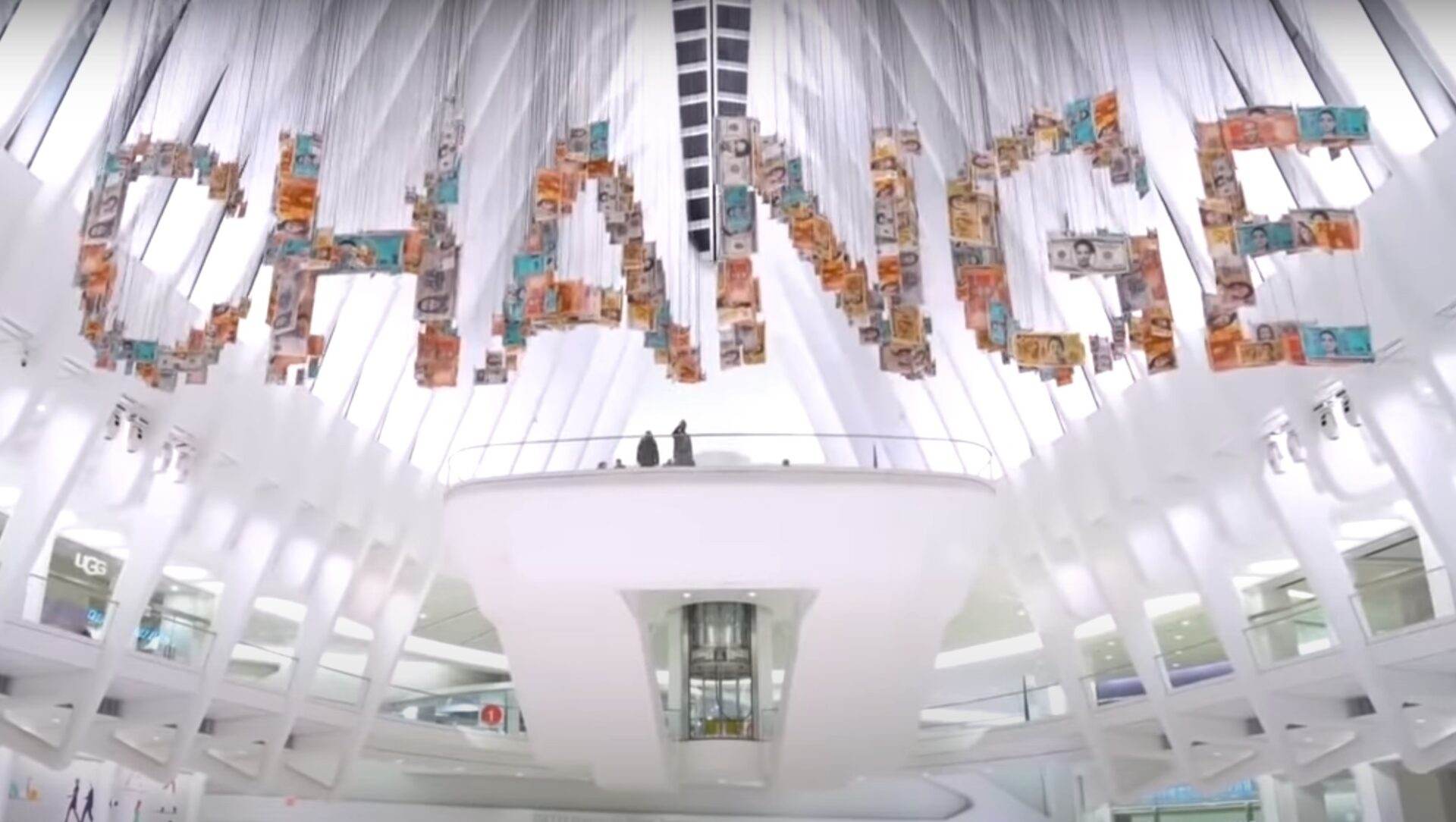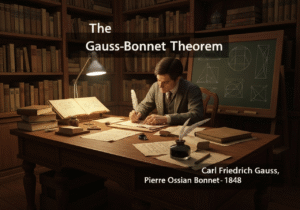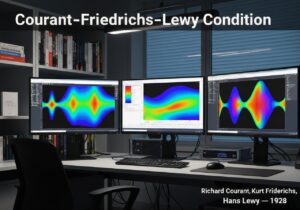An anamorphosis is an art technique that distorts an image so that it appears normal only when viewed from a particular angle or with a special mirror or lens. It is a distorted projection or perspective requiring the viewer to use special devices or occupy a specific vantage point to reconstitute the image.
As a mix of art, creativity, optical illusion, math, and geometry, they fully belong to this design and engineering website.

Suggest your illusions on the right!
The word anamorphosis is derived from the Greek words ana (“back” or “again”) and morphe (“shape” or “form”). Anamorphosis can be created in a variety of ways. It can be created by distorting an image using a cylindrical mirror, a conical mirror, or a curved surface. It can also be created by using a distorted grid or a distorted projection. The image can be further distorted by using a combination of these techniques. Anamorphosis can create illusions, such as a portrait appear to be in three dimensions when viewed from a certain angle. It can also incorporate text into images, such as a phrase or a poem appearing in an image when viewed from a certain angle.
Anamorphosis has been used in art since the 16th century and has been used by artists such as Leonardo da Vinci, M.C. Escher, and Salvador Dalí. Anamorphosis has also been used in architecture, film, and video games.
Only videos can show the complexity of such illusions when viewed on 2D media:
Historical Anamorphosis and Illusions
The first anamorphosis in history: discover how a skull was embedded in the painting and how even the alternative point of view has a meaning in the total storytelling of the painting.

Not precisely an anamorphosis but the famous M.C. Escher illusions of impossible stairs that are geometrically locally correct but wrong as a whole. Same story as the anamorphosis: the reality depends on the point of view.

Anamorphosis 3D Designs
The perfect modern illustrations of anamorphosis: where the point of view changes what you see and conclude.




Michael Murphy:
“The final product is not an image or an object. The final product is the experience that the viewer has when interacting with the work.”
Anamorphosis 2D Designs
These examples are somehow the opposite of the historical anamorphosis shown at the start of “The Ambassadors” painting: the deformation is made so that you see the real projected object from the normal view. It also demonstrates how ” The Ambassadors” could have been made.

Illusion Street Art
The performance of creating the illusion is as essential as the result itself.


Anamorphosis with Technology Support
The trick lies mainly in the lost rim around the image: by using some of the screen surface to render a fixed rim surrounding the scene, it later gives the illusion that the moving character gets outs of that rim, while in fact, nothing protrudes from the real screen borders.
Note that the effect is much more visible when filmed as here, where everything is flatten, than viewed in 3D in front of it.



Glossary of Terms Used
Anamorphosis: a distorted projection or perspective that requires a specific viewpoint to be understood correctly, often used in art and design to create an optical illusion or to convey hidden meanings.
Eight Disciplines Problem Solving (8D): a structured problem-solving methodology used to identify, correct, and eliminate recurring issues, consisting of eight steps: team formation, problem description, containment actions, root cause analysis, corrective actions, implementation, prevention, and recognition of team efforts.



























Does anyone else think street art anamorphosis adds a dynamic charm to old cities that historical ones cant replicate?
Fascinating read! Anamorphosis truly exemplifies the intersection of art and science, showing how perspective can transform perception. It’s amazing to see how artists like M.C. Escher and Salvador Dalí have incorporated this technique to challenge our understanding of reality.
It’s fascinating how filming can alter our perception of art, making certain effects pop more in a 2D format. Seeing these videos really emphasizes the importance of medium in art appreciation!
Interesting piece! But isnt it odd that hologram-based anamorphosis wasnt touched upon? Seems like a missed opportunity in a comprehensive review.
Related Posts
Contamination Control Strategy & Cleanroom 26 Best Practices
From GMP to cGMP: the Full Mastering Guide
IQ OQ PQ Process Validation: Full Theory & Praxis
The “Lone Nut”, the “First Follower”, and the “Fast Follower” Strategies
Best 20 Usages of Proxies For Engineering
How to Sell Ice to Eskimos (aka Marketing Shenanigans)